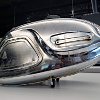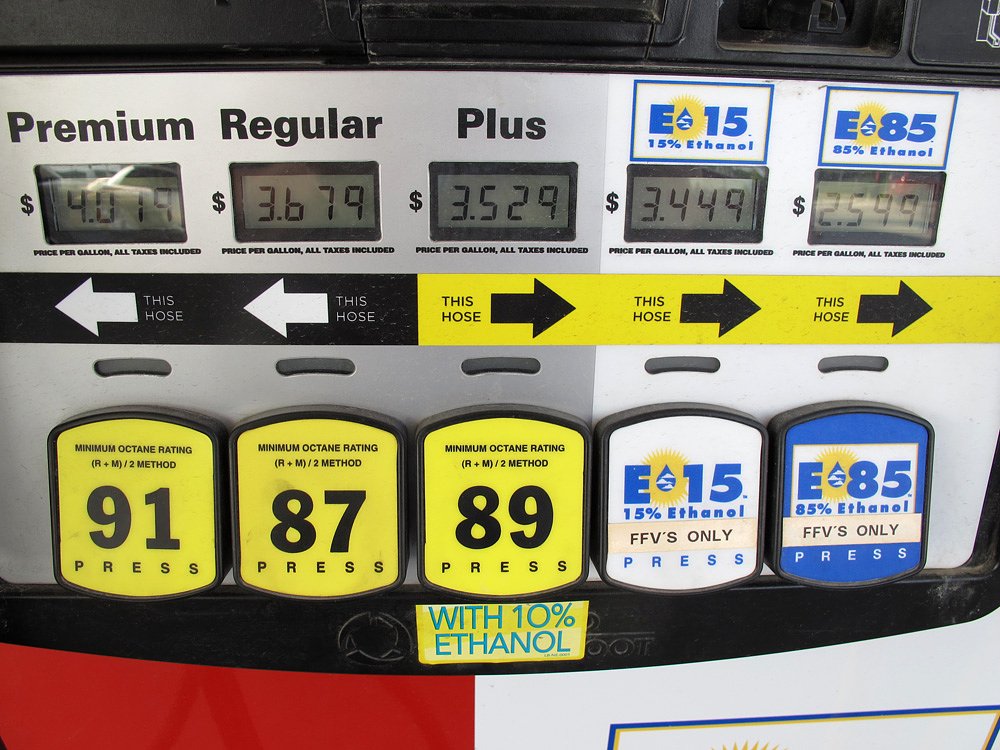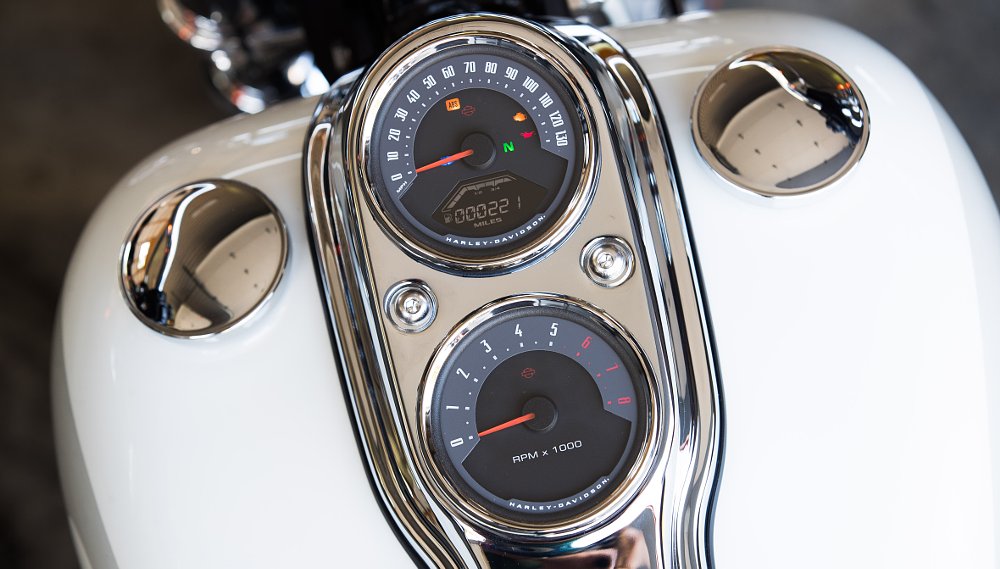I know why you’re here.
You’re tired of replacing fuel filters, cleaning your carb, or you’re putting a neglected bike back on the road. You’re searching for the solution. I know this, of course, because I learned how to do this moons ago because I was in a pickle just like you. I had a a fuel tank that was deteriorating from the inside out, and it was a problem for my tank, my fuel filter, my carb, and my engine. Your service manual probably won’t tell you much about how to deal with a rusted fuel tank (“Remove and replace,” I’m sure, if it even mentions such a thing), but given how expensive and/or unobtainable tanks can be (and how costly that colorful stuff on the outside of ‘em usually is!), you’re doing the right thing by rejuvenating yours.
So as a motorcyclist who has rescued a tank or two throughout my career, allow me to give you some things to think about, a process, and a few photos that you may find useful. You'll probably want to read through the whole thing before you get started.
How to clean a fuel tank
- Plan your work
- Assess commercial options
- Prepare the tank
- Add chemical and mechanical descaler
- Agitate (Shake it!)
- Flush and neutralize
- Seal (optional)
Assess your specimen
Every tank differs in terms of its level of degradation. I’ve seen some tanks with light surface rust and a concerned owner, and I’ve also seen (and owned!) some fuel vessels that had more barnacles and scale than the hull of the Queen Mary. The course of action one would take may differ wildly in those scenarios — or they may be exactly the same.

First, removal and replacement is sumpin’ to think about. I mention this because this is a very viable option nowadays, especially with so many online avenues for replacement. Simply spending a hundred or two hundred bucks on a brand-new aftermarket tank that could just essentially bolt up and function correctly once again may be the most prudent course of action. Also consider used tanks that may be in better shape than your own. And if your bike’s not too old, heck, a dealer might have a new one sitting on a shelf somewhere.

Consider, too, the tank’s construction. Old Harley-Davidson fatbob tanks, for instance, have excellent survival rates simply due to the insanely thick steel used in their construction. Generally, though, newer bikes have tanks that are made of lighter gauge metal. If your tank is made of thin steel and the rust and scaling within is heavy, rectifying the problem will be more difficult and time-consuming. If your tank has rusted through in any areas, that too may be an indicator that the tank is beyond saving, depending on your time and finances budgeted to the task.
Obviously, rarity comes into play; a tank of a given condition that may be considered refuse for a high-production bike may be the holy grail for one of lower production. Factoring into this is also the outside of the tank: Original paint certainly helps an original bike retain value. A motorcycle tank still in its original livery may very well be worth putting some effort into simply because of the value that component brings to the whole bike. Similarly, even a repaint that cannot be easily reproduced to match other items on the motorcycle may be costly to duplicate.
Once you’ve determined that a particular tank project is worth your time, money, and effort, it’s time to quantify the damage. A flashlight, mirror, cell phone, and bore scope may all come in handy at this time. Mild rusting or scale issues are usually not too complicated to deal with. Heavy pitting, pinholes, and/or missing metal will generally require both metal fabrication and body work to remediate. We’ll assume in this article that the structural integrity of your tank is uncompromised, but if it is, further surgery may be required — up to and including cutting open the tank for further inspection and repair.

Johnny Greaser’s YG1 tank you see here had about 50 years of neglect and scale for me to contend with. It was bad. Real bad. Not rotted through, but definitely one of the more problematic tanks I’ve wrestled with.
Become familiar with the two methods of rust abatement
Most fuel tanks require a two-pronged fork of treatment. The first prong deals with removing the heaviest rust deposits, and the second involves rejuvenating the finish, possibly in preparation for the installation of a tank sealer. It has been my experience that heavy deposit removal is best handled mechanically, and finish restoration is usually tackled chemically — though that’s not always the case. (If you have your own methods, please feel free to add them!)

For the mechanical rust removal, I’ll normally choose an abrasive element, something that can be put inside the tank to help strip the scale manually. Nuts and bolts are a popular agitator, and I know some people who use plain ol’ gravel. I’ve used BBs with success before, and often use those in tanks that have crevices where something larger may not reach, or become lodged. Because they’re round, they’re not very likely to get caught in a tank that may have very pronounced “lobes” with sharply tapering walls. I’ll tell you my secret weapon a little later on.
And when it comes to the chemical aspect of things, generally an acid will help clear the rust away through etching action. I like to start with a mild acid (white vinegar), and work my way up to something stronger if necessary.
Prep the tank
Remove the tank and empty it of fuel first, of course. At a minimum, you’ll want to seal the holes in the tank. Most tanks will have a filler cap and a petcock outlet, but others may have crossover tubes, like dual-tank Harleys and dirt bikes with two big lobes that overhang the engine.

You have a few options here. I’ve had good luck with silicone plugs and rubber or vinyl vacuum caps for small holes and bungs. If you are working on a modern motorcycle, you may find you need to pull your fuel pump plate out. Those can be tricky to seal up because they’re so dang big! A gasket teamed up with a block-off plate you purchase or fabricate is usually the order of the day here. If you’re using vinegar, you can seal the filler with the cap, with the understanding that you may need to buy a fresh cap or replacement seal for it after the cleaning.

Leave the fuel filler open for now.
Go outside
You need to do this in a well ventilated area, and as the acid can splash about, you don’t want to be near anything it could damage. Even if you’re using comparatively gentle acid like vinegar, you don’t want the acidic fumes building up indoors. They may not be that harmful, the smell can be objectionable, and having acid vapor near items that you don’t need stripped is probably a bad idea.
Personally, I like to set my tanks up with a catch basin underneath them containing all possible leak points. That means a plug or cap failing and leaking is just a day lost of soak time. Vinegar can be recaptured, and if the tank is elevated above the basin (rather than in it), the paint is never put in harm’s way.
If you’re using something stronger, you’ll be working very quickly, so don’t stress this part too much.
Check the agitator
Before you start loading your agitating substance into your fuel tank, you may want to place a few test pieces in a glass or ceramic bowl and make sure your acid does not have an adverse reaction. The odds are low if you're using vinegar, but you don’t want to ruin anything, make a mess of your tank innards, or poison yourself. And if you're using something stronger, it's a possibility the item(s) may react violently and turn to dust.
Add the acid
I’d recommend not using a stronger acid than vinegar for a few reasons. It’s possible to eat directly through the metal, and it’s also really easy to damage paint with such a strong acid. Disposal requires extreme dilution, and the risk of personal injury is quite high. It’s an effort I would consider last-ditch. The highly dilute acetic acid dissolved in household vinegar is not particularly fast-acting, but that is the point. It removes rust and metal alike rather gently.

If you do use something stronger, you may want to think about protecting the paint, and you definitely want to protect yourself. Have a garden hose nearby, and a base to neutralize any acid should you see it on the paint or other delicate item… or you! With all those warnings in place, on some tanks, something like vinegar ain’t gonna cut it.
Note that with something fairly weak like vinegar, you may need to let your tank sit for some time; a few days is not uncommon. Top it up and let it chill out. If you’re using something like phosphoric or muriatic acid, it’s a different story: you’ll want to start churning the brew through the tank as soon as you get the agitator in. Those work much faster than vinegar and will begin etching the tank almost immediately.
Add your agitator
After you’re convinced your chosen mechanical abrasive is somewhat inert in your chosen acid, add your sheet metal screws, hardware, or BBs. Use some common sense here. Enormous bolts are likely to dent a tank. Smaller is better, to a point.

You’re not trying to pack the tank full. Instead, you want a handful or two to knock off the rust and fling your acid about the tank into nooks, crannies, and crevices. If you’re particularly paranoid, you can count the items you’re using so you can take a count when you empty them back out. Oh, and remember that secret I told you about before? It’s a length of chain. Use that, and you don’t have to worry about keeping count of your rust looseners!
Now cover it up.
Shake it
Like a Polaroid picture, for those readers old enough to remember both the song I am referencing and the actual act of shaking a Polaroid snap. I use my arms. I got two of ‘em, so I pick the tank up and shake until I run out of breath, open the filler up, and see how things look. I repeat this process whenever the urge strikes me (a few times a day, perhaps?) until I see bright bare metal under that filler cap.
After I give it a good shakin’, then set the tank on its receptacle, and go into the shop and sip beer. Note: do not leave your tank outside if it is freezing outside, or you risk rupturing it.
You can try other methods of agitation. I knew of a fellow who’d wrap the whole affair in heavy moving blankets, duct tape them in place, and stick ‘em in an old clothes dryer with no heat for a while. I also heard of a guy who’d jack up the rear of his riding mower and use bungee straps to attach the tank to the rear wheel, then pop it into gear to slowly roll the tank ‘round and ‘round. I’m not telling you do to that (I never have), but I can understand why someone might try it. It probably works fine if you use your noodle.
Repeat until you’re satisfied with the cleanliness level of the tank. Depending on the level of scale and rust in your tank, this process may take as long as a few weeks. Greaser’s tank you’ll see in the photos sat for eight days, and probably could have gone longer with no ill effect.
Flush
Since it’s highly likely you’ll be doing this on a different day, before you go to flush, put a five-gallon pot of water on a stove or hotplate in the shop and get it hot. It doesn’t need to be boiling, but it does need to be uncomfortably hot to the touch. We’ll get back to that in a bit.
Once you’re done and everything looks bright and shiny clean, remove your plugs/caps/filler cap and dump your acid into that waiting bucket you had (that won’t be damaged by the acid!). Empty the mechanical scrubber you used (the nuts and bolts) and get that garden hose flowing. You want to get all the acid out, of course. Pick it up, shake it, get that water all around, even with the hose hanging out of it. Prepare to get wet.

Finally, plug the tank once more and drop some dish soap in there to neutralize the acid. Then add the hot water you pulled off the hotplate. The idea here is to neutralize any vinegar left with the dish soap. You’re using hot water because it will quickly transfer heat into the metal of the tank. Once you drain it all out, the resultant heat will help to drive moisture off quickly.
Strip off all the items you used to seal the tank and empty it for the final time.
Get air flowing through the tank. The best thing I have found for this is a heat gun or hair dryer. Be careful! Heat guns can get hot enough to locally damage paint. Use low heat, keep the gun moving, and use your fingers to feel parts of the tank to make sure nothing is getting too hot. If you’re doing this on your winter project, make a little stand and go set it on your woodstove.
You may see rust quickly reappear if you don’t work quickly and/or the moisture content in the air is high enough. This is known as “flash rust,” and we are trying to avoid it, which is why it’s important to work reasonably quickly at this stage. A little is OK; don’t make yourself crazy. Flash rust is usually fine enough and collects in such a thin layer that a fuel filter will catch it — and what it misses will probably run through your carb with no problems.

Finish
Some people like commercial tank sealers. Kreem, Redkote, and Caswell come to mind as products that have enjoyed a good reputation over the years. Me? I hate ‘em, and will only use them in super-specific scenarios, like when a replacement item cannot be sourced or made reasonably. I’ve had too many go bad and soft and then wind up clogging my carb(s). In my eyes, a tank that needs sealer needs replacement. There are plenty of people who will disagree with me, and that’s OK: there’s more than one way to skin a cat. If you want to use one, now is the time.
If not, I would recommend sealing up the metal a different way: with a fuel-soluble sealer. If you are going to reinstall the tank immediately, toss a little kerosene in there, seal it back up, and swish it around, coating the tank’s innards completely. That will prevent the formation of that flash rust we talked about. If you are building a bike and the tank is likely to sit on the shelf for a bit, I’d recommend something a touch thicker, like some motor oil, or nice, tacky two-stroke oil.
Some important notes if you’re using a stronger acid
I have an admission. Greaser’s YG1 tank here is actually the first tank I’ve ever cleaned using vinegar. (I have cleaned many other steel items this way, but this is the first fuel tank I’ve tackled in this fashion.)
Over the years, I’ve actually used much stronger acids to clean tanks. Phosphoric is said to work well, and my go-to has always been muriatic acid cut 50/50 with water. (You can get this at your local hardware store.) This stuff is nasty, but it works, very, very quickly. It etches in almost no time flat. Fifteen minutes usually does wonders on even deeply damaged tanks.
As such, there are a number of caveats you need to be aware of should you choose to go down this path. First, that stuff will chew through solder quickly, so if you have a valuable old tank that’s been soldered in either manufacture or repair, avoid muriatic acid. You’ll also want to find a different method of sealing the filler; muriatic acid can and will damage caps, which can have elements that will not stand up to the corrosion. (Or get a junk cap and fresh seal.) Remember that fuel caps are vented, so even if it seems to seal up well, it still may not be liquid-proof, which brings me to my next point.
The acid doesn’t care about what it corrodes: paint, human flesh, clothing, surroundings… it doesn’t matter. As such, you need to be extra careful about protecting yourself, protecting the paint, protecting people and property around your agitation zone, and about neutralizing and disposing of the acid responsibly.
It works well, but consider that the pro-level option, as well as the one of last resort. I often used it to get customer bikes turned over quickly, but starting with weaker acid and repeating only if that’s not working makes a lot of sense: think of how much material you’re stripping away. The acid will eat the rust, but it’s also going to eat through some of the raw steel it reveals, too, and that steel has already been made thinner by the portions that have oxidized to rust and scale. If preservation is the goal, leave as much meat on the carcass as you can in case another rider has to repeat the process decades down the line.

Some notes on other chemicals
We’ve shown you the grocery-store way of doing this. There are other products designed to do this that are awesome. EvapoRust comes to mind, as does Metal Rescue. Generally, they convert iron oxide (rust) to ferrite, which is a bit more stable and moisture-resistant. They work really well, albeit at higher cost. Especially if you’re trying to save something valuable, the cost of specialty products may be a good expenditure.
Future care and feeding
Don’t forget to replace your fuel cap gasket. That’s probably shot by now, or dang close. Heck, if the tank was in poor shape, it was probably toast before you started.

If you are using it immediately, here’s a word of advice. I have some very, very old fuel tanks, and they don’t rust because I keep them full of fuel, and I use the bikes! Full tanks displace air, which is needed for rust to form. Frequent use keeps the moisture from the air that modern ethanol-laced fuel will pull into the tank from getting a hold. It gets the fuel inside sloshing around, helping to knock naturally forming condensation off the very top of the tank, and the use also burns off that stuff, letting you refill it with fresh fuel. If you should need to store your bike with a repaired tank for an extended period (years), drain the the tank and repeat the oiling process. I’ve known some folks to fill a tank with oil specifically for this purpose. If you don’t mind draining it down the road, it can be a great way to keep the rust gone.

There are other ways to do this, of course, for nearly two decades I’ve been rescuing tanks that seemed beyond repair. This way will get you where you want to go — and so will many others.


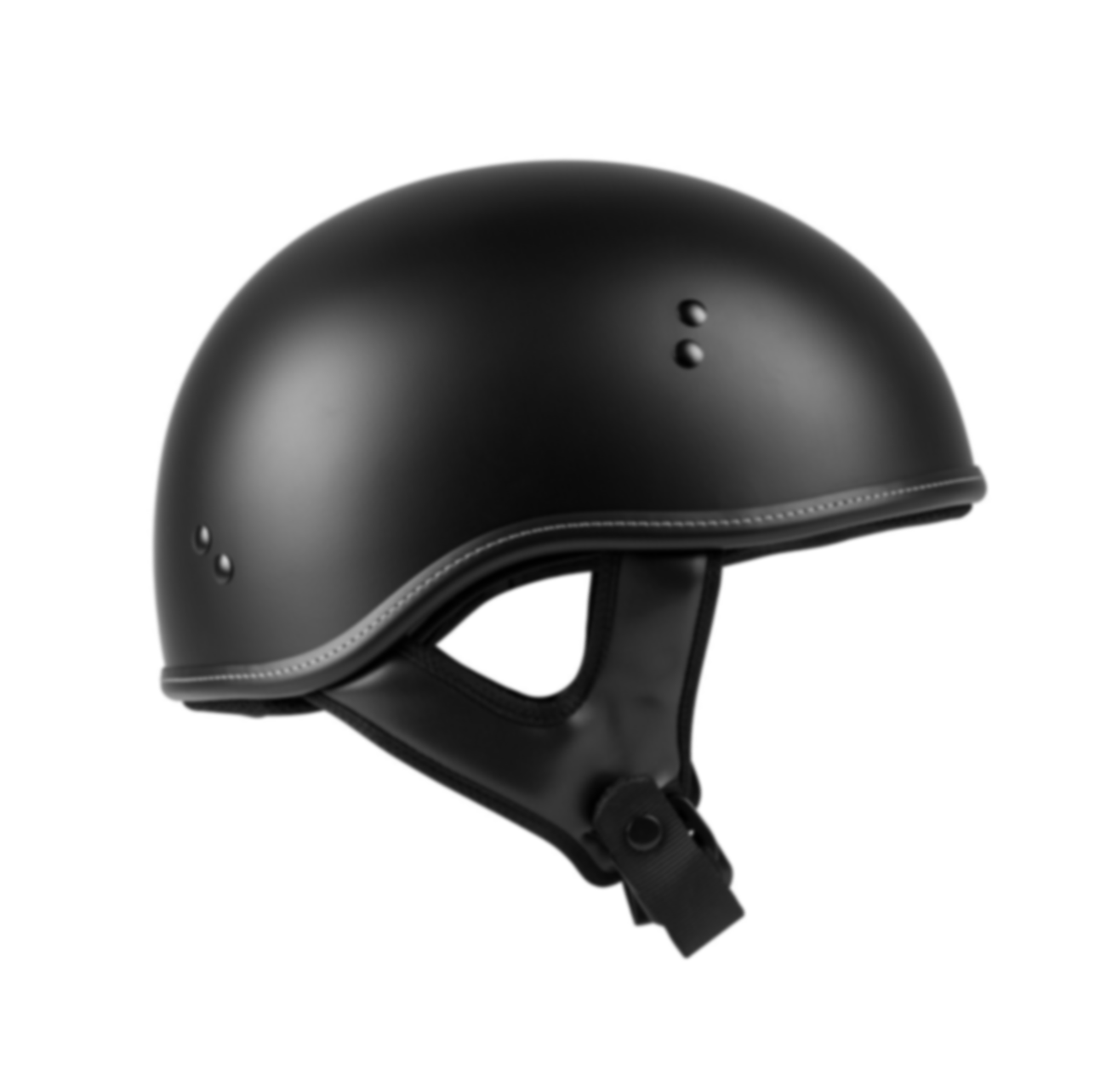
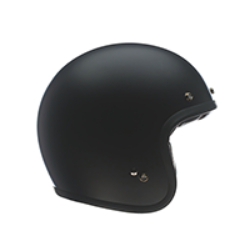

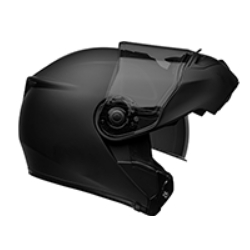

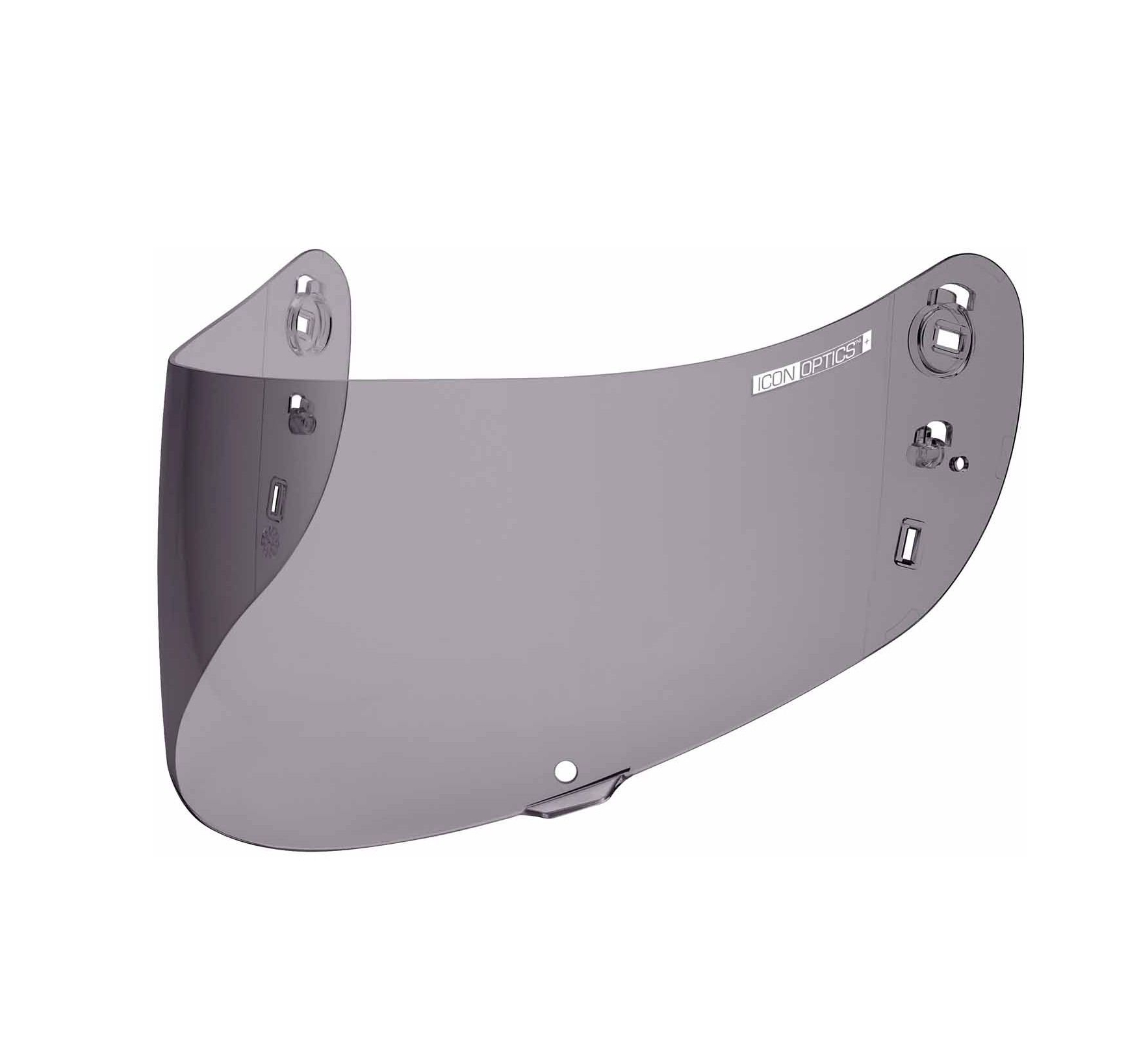
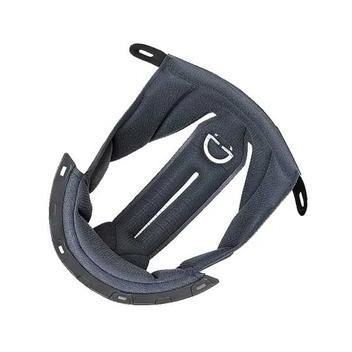



 Membership
Membership


